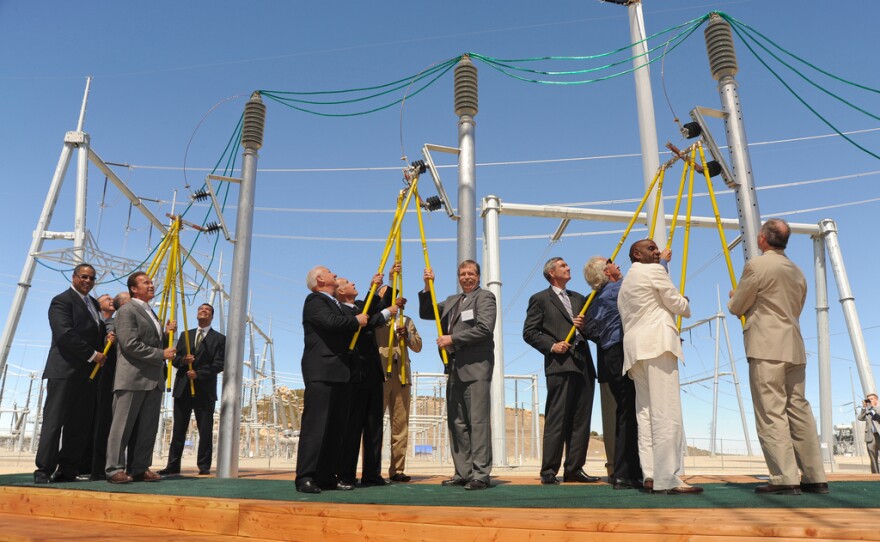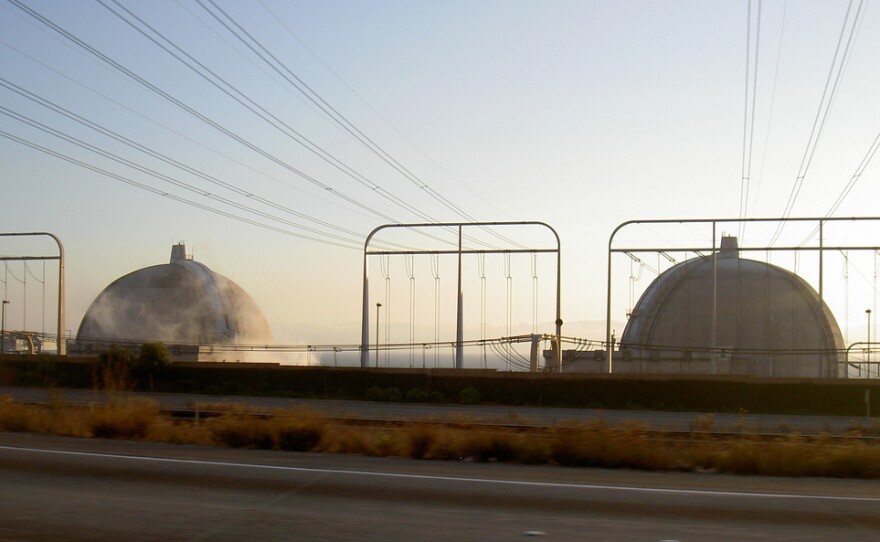Power Grid managers expect there to be enough electricity this summer, if the summer is mild and trouble free.
California is preparing for a second summer without the nuclear reactors at San Onofre.
Southern California Edison is working to generate electricity at the troubled facility, but the plant's future remains clouded. The region stayed plugged in last summer in large part because of a major new transmission line feeding San Diego's appetite for electricity.

"The Sunrise Powerlink is transmission so we're able to bring more power into the region, about 800 megawatts," said San Diego Gas and Electric's Jennifer Ramp. "But, we also need that base-load generation in this region to keep the grid stable to keep the voltage frequencies where they need to be and so that's why we would need extra generation, local generation to keep the grid stable," said Ramp.
Replacing San Onofre's 2200 megawatts of electricity is easy to talk about, but tough to do. Even so, California's power grid managers are mapping out a strategy for their second summer without the massive nuclear plant. Their preliminary summer power outlook assumes the nuclear plant will stay shuttered.
"Statewide, operating reserves are okay. They're fairly healthy," said Stephanie McCorkle of the California Independent System Operator. "Yes, hydro is a little low in northern California, but healthy reserves."
Power reserves are at about 20 percent, but the reserves shrink significantly if there's a summer surprise like a long heat-wave, an unexpected power plant shutdown, or the loss of a major transmission line. Electricity reserves in Southern California drop to just 4.5 percent under extreme summer conditions. At a recent public meeting, power grid managers expressed hope about the chances for a mild summer like last year.
"It was hot, but not that hot. And we got within 50 megawatts of the San Diego peak last summer," said Stephen Berberich, president and CEO of the California Independent System Operator. "So, if we have a hot summer and things get tight, we will definitely have to lean on those energy efficiency and demand response programs."
Energy efficiency and demand response are utility catch phrases for conservation. Cutting back demand was important last year, and is even more important this year.

"What gives us a little more cushion is the conservation. And it really is critical," said Stephanie McCorkle. "When we get into those air conditioning rush hours of four to six o'clock in the later afternoon during a heat wave. You know, sometimes during day two or day three of a heat-wave you have residual heat build-up and its even more of a strain on the grid, that's when consumers can really make a difference."
And like last summer, grid operators and utilities won't by shy about asking for help. That's because conservation works. San Diego Gas and Electric customers cut their electricity use by about 28 megawatts when a power alert was issued. The largest one day reduction was 46 megawatts.
Besides encouraging consumers to conserve, the utility signed up customers to programs that trade rebates for control of their power use on high power demand days. SDG&E's Jennifer Ramp said if all that's not enough, there is always the last resort.
"We go for demand response programs and conservation first, but if there was something that put the system into jeopardy then we would be able to utilize the rotating outage system," said Ramp.
Rolling blackouts last hit the state more than a decade ago when market manipulation pinched the supply of electricity. This summer, if the power supply gets pinched and consumers are unable to help ratchet back demand, rolling blackouts could return for an encore.






